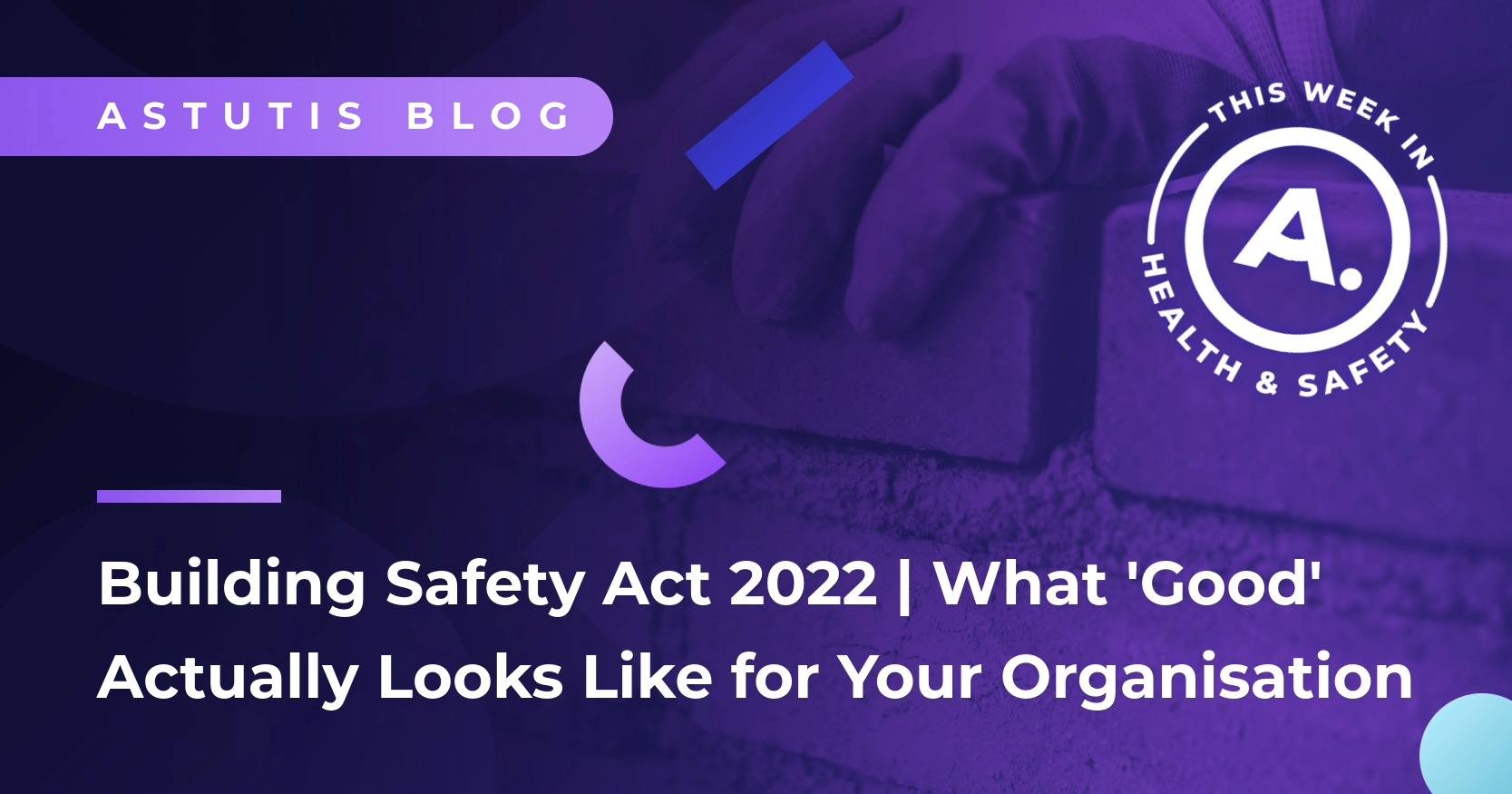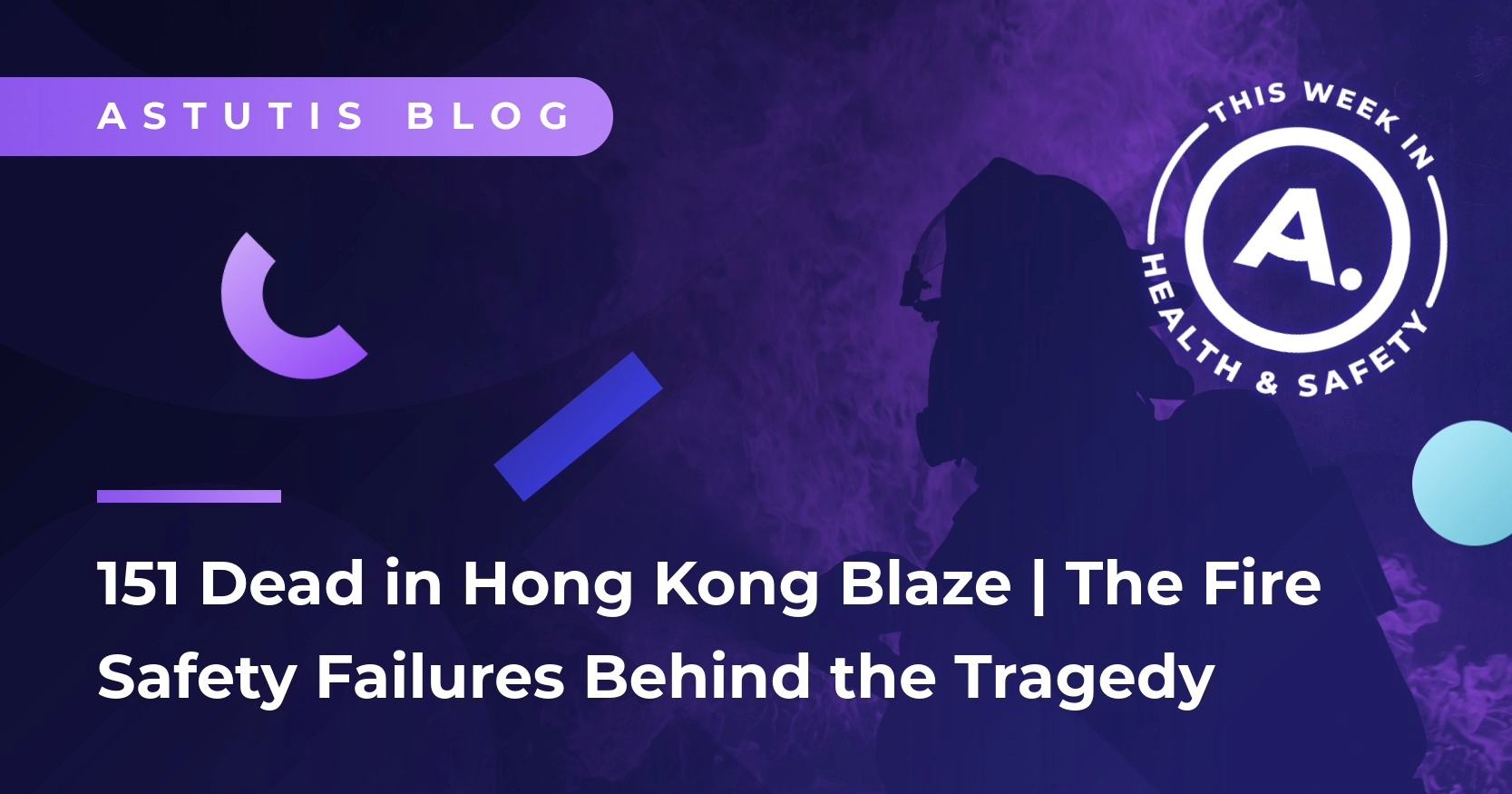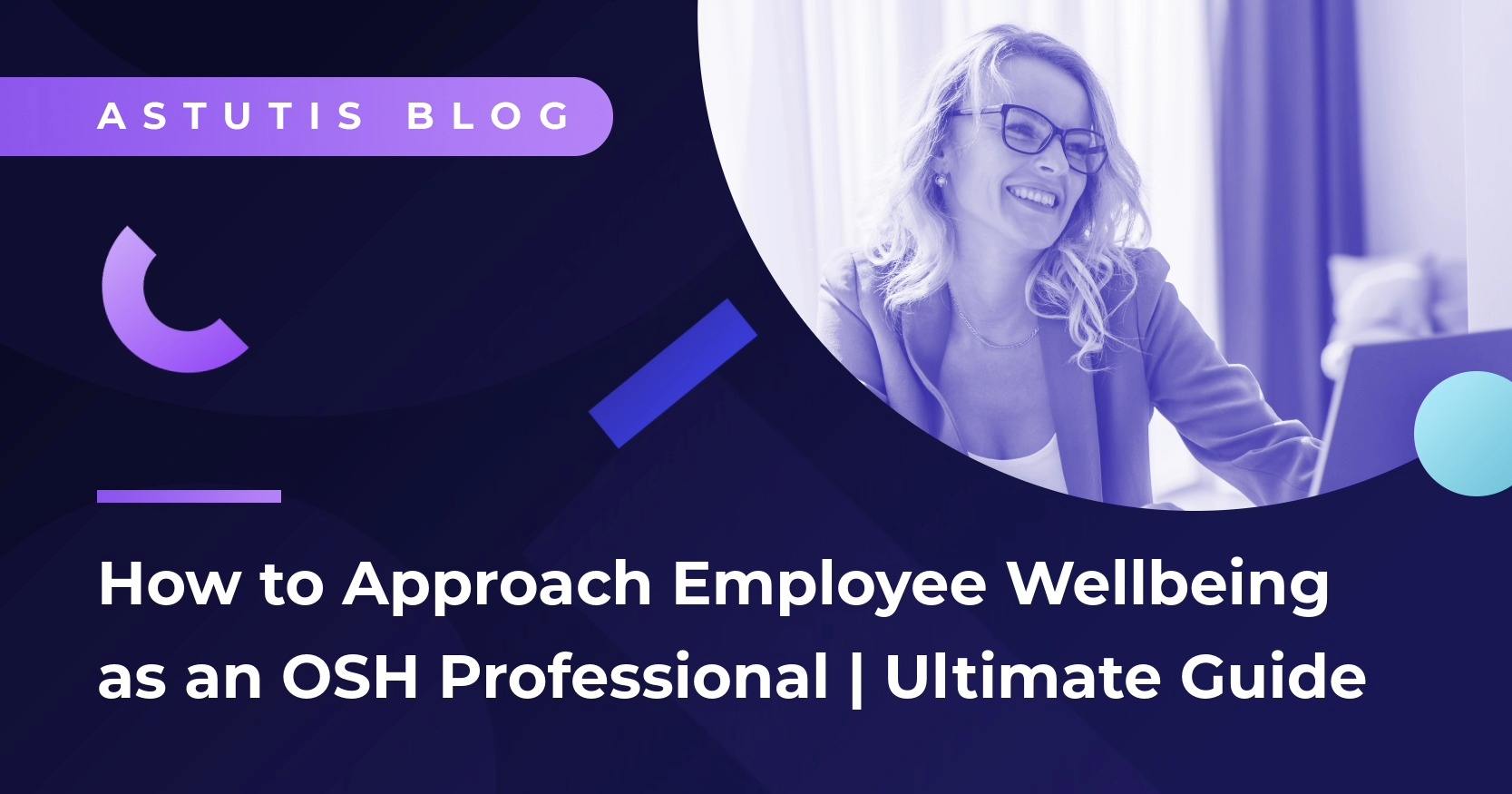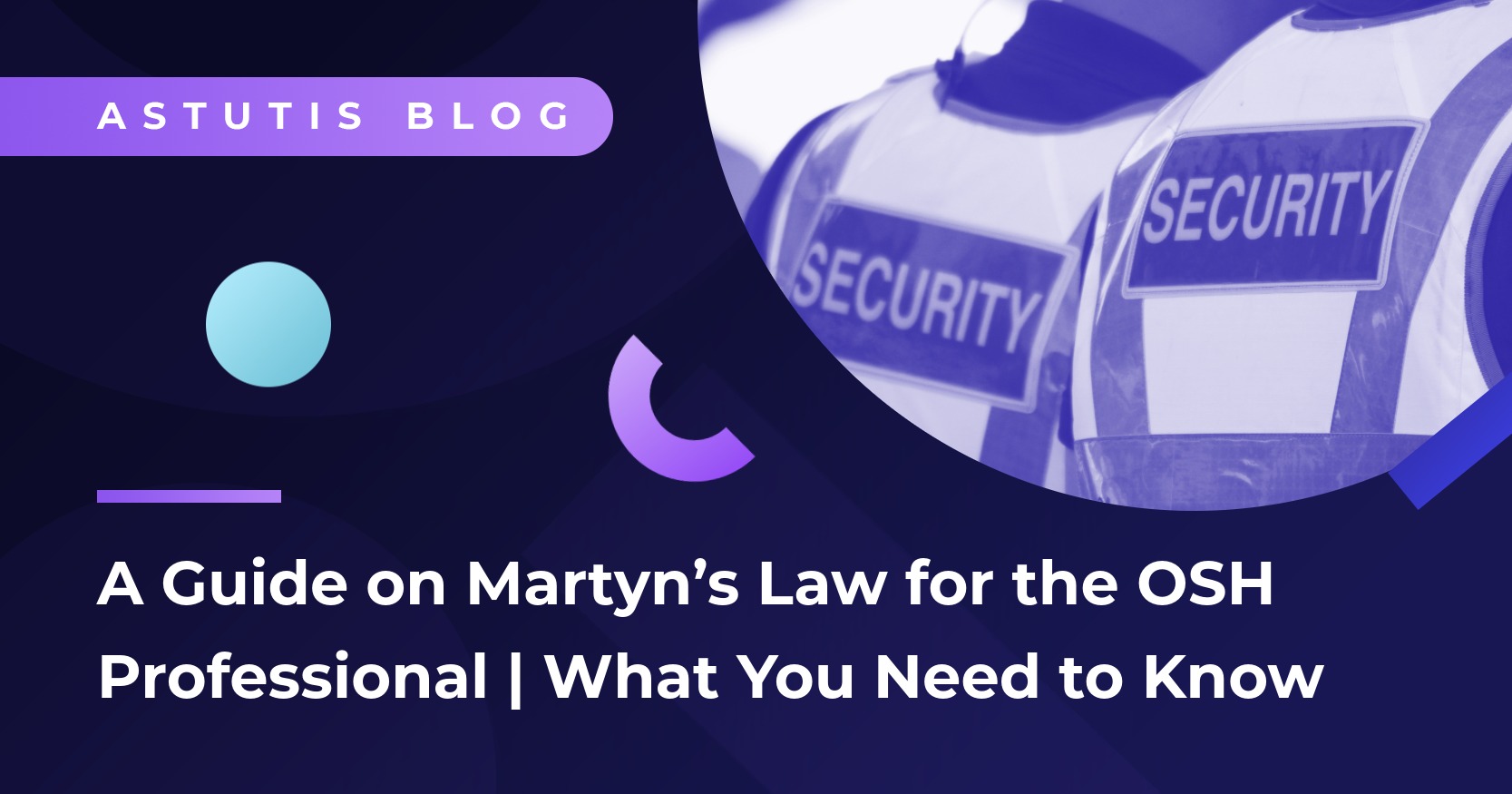Introducing Unit D - (2) addressing the first part of your NEBOSH Diploma workplace assignment
This post is relevant for all students who started their NEBOSH National/International Diploma before September 2017 and have to complete the Unit D or ID assignment. The last resubmission date for this Unit (2010 specification only) in 29 August 2018. This Unit has been replaced by Unit DNI 2015 specification for all new and current NEBOSH National and International Diploma learners.
In the first blog of 4 on completing your NEBOSH Diploma Unit D (2010 specification) assignment, entitled 'The Dreaded D - tackling your NEBOSH workplace assignment, I took an 'overview' look at the NEBOSH Diploma/International Diploma unit D practical element and offered advice on approaching it to achieve successful results. In my next series of posts, I would like to breakdown the various sections and offer a more in-depth look at what you can be doing to secure a pass in this practical element that scares many people - when it really shouldn't!
I have broken down the sections to explain what may be appropriate to cover under each of the headings.
All Astutis distance and e-learners are offered an online session outlining the practical element of the course before they commence.
Tip – use the headings given to you by NEBOSH (don’t amend or add in new ones). This is important so that the examiner knows what section they are marking. If you use different headings or sections, the examiner would find it very difficult to follow you, and thus difficult to award marks.
I have broken down each of the sections to explore what might be considered as appropriate under each heading and in this post will deal (logically) with:
The Introduction
The executive summary appears after the contents page (but is written last). I will leave this till the end of the information.
Aims and objectives and description of organisation - worth up to 6 marks.
Aims and Objectives (Both D/ID)
Clear stated aims and objectives. Description of methodology
In my view, it is always better to have one aim, and then possibly several objectives. NEBOSH give you the aim within the NEBOSH candidate guide. It is required that you re-word the aims and objectives within the guide into your own wording (as this is your work). The aim should explain the assignment and justify the purpose of the report.
Remember that all the report must be written in the “third person.” This means that your report should not state “I did this or that”, but more, “it was found that ….”.
Remember that the assignment should be written for a lay person, even though the examiners will not be a lay person. Don’t presume prior knowledge of the examiner regarding health and safety.
The methodology is how you gathered the data for the report and what you intend to do with it. So for example if you intend to use questionnaires within the assignment, who will they go to, why them, and how will the data be analysed? It would also be helpful to include perhaps one completed questionnaire within the appendix and a summary of findings. This can be cross referred to from within the main body. Will you be undertaking site visits as part of the assignment? Make it clear, will you be comparing data to standards or data from one part of the organisation to another and then to the standards, laws etc.
Alternatively, you may wish to carry out a desk top study of existing health and safety information within the organisation of your choice. This can be compared to legal standards and best practice as part of the main body. You will probably be researching information and using it from various web sites, and possibly using trade manuals or specialist advice as well as consulting with safety representatives and other key post holders from both within and possibly outside your chosen organisation.
If there is already an existing health and safety management system (policies and practices), audit reports, specialist reports, occupational health data, accident data, near miss data, statistical data, minutes of meetings, health and safety plans, training records etc, then you may wish to use this information to assist with the assignment. Also useful to consider, who might you want to interview as part of the Unit D/ID. Better learners justified their chosen methods, to show the examiner they really understood the concepts.
Description of Organisation (D/ID)
Full description of organisation with all elements clearly described allowing reader to understand the context of the report.
The examiner doesn’t know anything about your business, so ensure that this information is contained within this section. Which part (if you are looking at sections) of the business are you considering for the assignment and why have you chosen this? Are there any contractors, visitors or others in the location? How do these persons interact with your chosen workplace? If contractors or the self-employed make up large sections of your workforce, then this will be significant. Some learners include one or two well-placed photographs within the report, or a clear sketch/plan birds-eye view of the site. However, copious photographs are not welcome.
Where does the organisation operate? Is there a head office, sections or departments in different locations? Why have you chosen the part of the organisation selected for the assignment? Does the organisation work shifts? What are the working hours and conditions? If relevant, what is the make-up of staff, for example, is there a large population of young persons employed, or are the majority of the staff male/female? Only relevant if it may affect the work undertaken. A general description of the chosen workplace is required. There is no need to give lots of detail about the history of the organisation.
If your organisation has an organisational chart, it might be useful to use this to cross refer to who is doing what within the appendix. Only put in information that is relevant to your chosen department or section. There is no need (and no benefit) to including your chosen company’s health and safety policy document within the appendix. Rather, it may be appropriate to consider if responsibilities are allocated out to individuals within the health and safety policy – but this would come in the main body when reviewing the health and safety management system. The organisation’s main type of business aught to be explained so that the examiner knows what the function of the business is, and the sections that you are considering within your assignment.
Legislation and case law relevant to the organisation - worth up to 4 marks (see below some key differences between national and international)
The National Diploma
Outline of principle legal (statute, common, civil and criminal) and other requirements. Reference to statutes and regulations together with ACOPs standards and guidance described and justified with relevance to the organisation. Statutory provisions quoted accurately.
If you are writing the unit D for the national diploma, then the essential features of the legal environment need to be discussed. Apply any legal requirements quoted to your chosen organisation. You are required to demonstrate your knowledge and understanding of relevant statutes, any regulations and their associated ACOP’s and guidance documents to your chosen organisation. Don’t forget to include any relevant case law that may be applicable. Remember that if you use civil cases, you need to identify and explain how these are relevant to your chosen organisation. The whole section is only worth a maximum of 4 marks, so ensure all references are correctly quoted. For example, the Health and Safety at Work etc Act 1974, not health and safety at work act 1974. An exhaustive list of statutes, regulations and case law is not needed, merely an outline of some of the essential ones and how they relate to your business. Tip – if you are already considering your specific hazards and have made up your mind as to which ones are going to be risk assessed as part of the assignment, then ensure that any relevant legislation, and guidance related to these topics is also included here.
The International Diploma
Outline of essential features of legal framework including government and non-government requirements. Reference to legal framework outlined and justified with relevance to the organisation. Statutory provisions quoted accurately.
If you are writing the unit D for the international diploma, then the essential features of the legal framework including government and non-government requirements need to be discussed. Apply any legal requirements quoted to your chosen organisation. You are required to demonstrate your knowledge and understanding of relevant frameworks to your chosen organisation. Don’t forget to justify why you have included any laws that may be applicable.
The whole section is only worth a maximum of 4 marks, so ensure all references are correctly quoted. An exhaustive list of statutes is not needed, merely an outline of some of the essential ones and how they relate to your business. Tip – if you are already considering your specific hazards and have made up your mind as to which ones are going to be risk assessed as part of the assignment, then ensure that any relevant legislation, and guidance related to these topics is also included here where it exists.
Related Blogs

Real Life Stories









